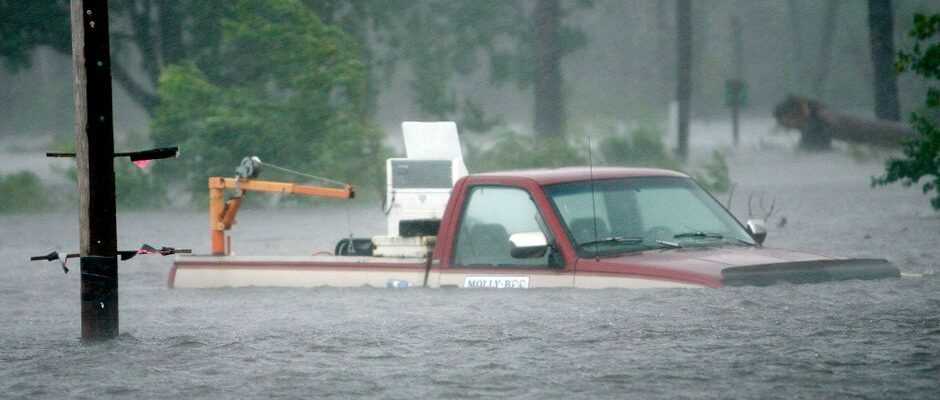The US National Oceanic and Atmospheric Agency (NOAA) has published a study on rising sea levels in US coastal areas.
Sea levels along the coasts of the United States are expected to rise by an average of 25 to 30 centimeters over the next 30 years, equal to the rise measured over the past 100 years, according to a new American report. This level will vary depending on the region, specifies the American National Oceanic and Atmospheric Agency (NOAA), which led this report to which six agencies in total, including NASA, contributed.
Because of these changes, coastal flooding will be much more frequent, “even in the absence of storms or heavy rainfall,” said NOAA. Thus, by 2050, so-called moderate floods causing damage will be on average ten times more frequent than today – going from an event occurring every 2 to 5 years to several times a year. And “major” floods will occur five times more frequently.
According to a new NOAA-led report, the US is expected to experience as much #SeaLevelRise by the year 2050 as it witnessed in the past 100 years: https://t.co/7SqKaqZXRa@noaaoceanpic.twitter.com/mLnnc6CuXb
— NOAA (@NOAA) February 15, 2022
“These new data on sea level rise are the latest confirmation that the climate crisis (…) is a red alert”, commented Gina McCarthy, national adviser on climate at the White House, quoted in a statement. “We need to redouble our efforts to reduce the greenhouse gases that cause climate change, while helping coastal communities better adapt to rising sea levels,” she added.
Alarming data
Because of the emissions released so far, a sea level rise of 60 centimeters on US coasts between 2020 and 2100 is “increasingly likely,” according to the report. The latter was produced using satellite observations, tide gauge readings, and climate models from the Intergovernmental Panel on Climate Change (IPCC).
In detail, sea level rise by 2050 is expected to be 25 to 35 cm for the US East Coast, 35 to 45 cm for the Gulf of Mexico coast, and 10 to 20 centimeters on the Where is. The previous report on the subject dated back to 2017.
To read :A house washed away by the ocean in North Carolina
“This up-to-date data can guide coastal communities and others…and help them make smart decisions to keep people and property safe for the long term,” said NOAA Administrator Rick Spinrad.
Any reproduction prohibited
